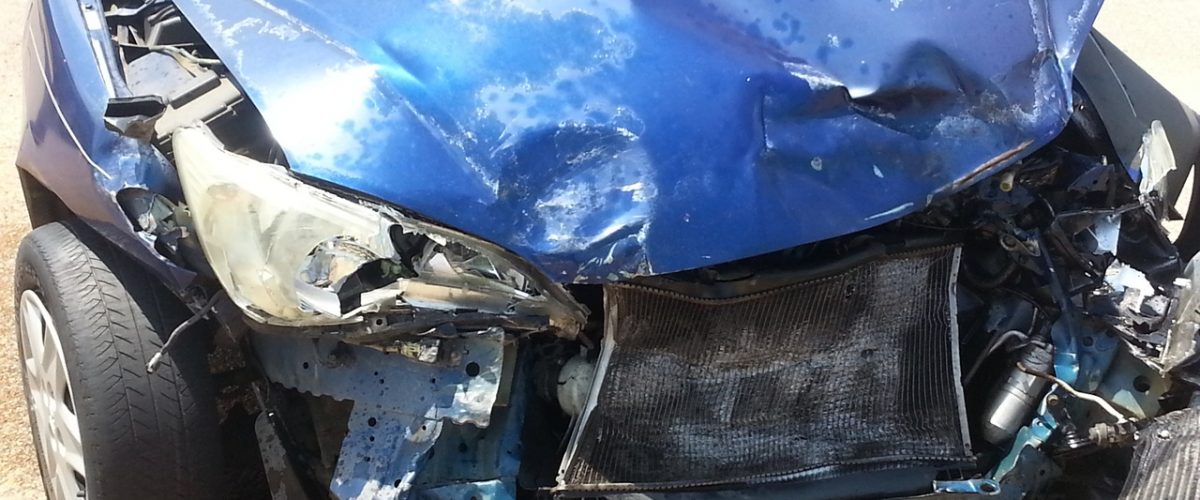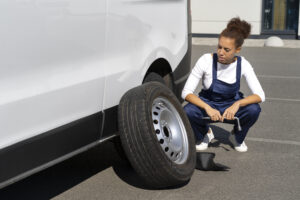By H&H Admin
Frontal airbags are standard equipment in cars and contrary to what some drivers think about their effectiveness, airbags greatly reduce injury and save lives.
In the event of a head-on accident, a carefully controlled explosion will (with luck) fire an airbag from the steering wheel cushioning the impact and severity of the injury. to your upper body and head. Used in combination with a seatbelt, airbags reduce the seriousness of upper body or head injuries.
Airbags inflate at a rate of approximately 300km/hr which is faster than the speed at which most car crashes occur. They generally deploy at between 10 to 40 milliseconds which to put it simply is less time than it takes for you to blink.

Let’s take a look at how airbags work and why they are so important.
Car safety technology continually evolves and has resulted in improvements that make airbags increasingly safe. For instance, sensors enable an airbag to detect if the person in the seat weighs 55kg or 80kg and adjusts when, how quickly and how firmly the airbag deploys.
This not only provides the necessary protection required of the airbag but does so in a safer way. As a result, airbag-related injuries are far less serious in modern cars than ever before.
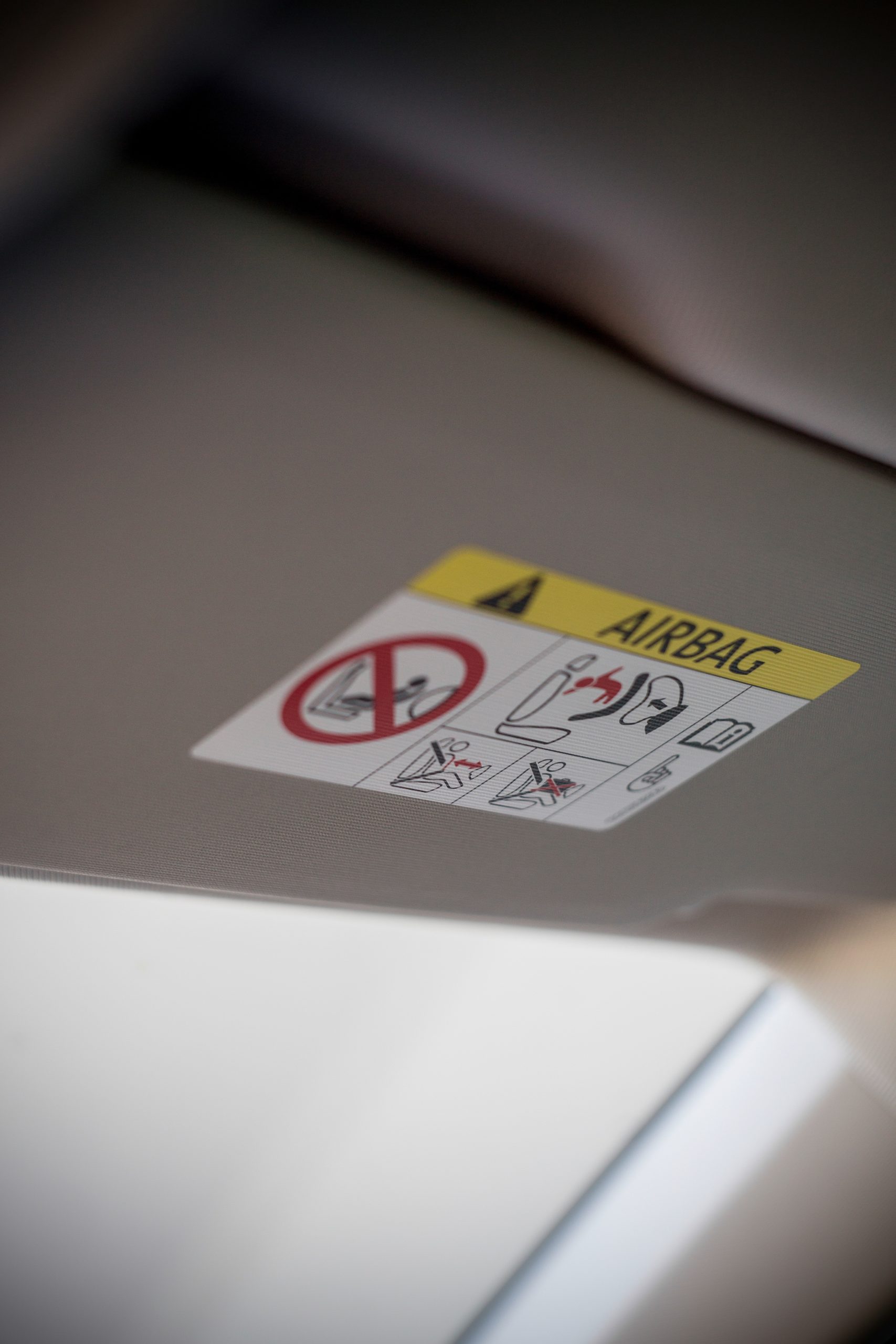
What happens when your car crashes
Car wrecks, just like everything else in life, are governed by the laws of physics, in particular, the laws of motion. The laws of motion imply that all objects have mass (how much “stuff” is contained within an object which determines how much the object weighs) and velocity (how much speed the object moves at).
Anything with mass and velocity has kinetic energy and the heavier your car is, combined with the faster you drive, the more kinetic energy there is. All this is well and good until – you guessed it – you have to stop (or something crashes into your car). Although cars are designed to crumple and absorb impact, the kinetic energy built up during the drive has to go somewhere in the event of a crash.
Here’s the thing; the car’s occupants also have mass and velocity and therefore generate kinetic energy. The problem is that when the car stops, the people don’t just stop moving. Rather, they keep going until something stops them. This is where seatbelts come into effect.
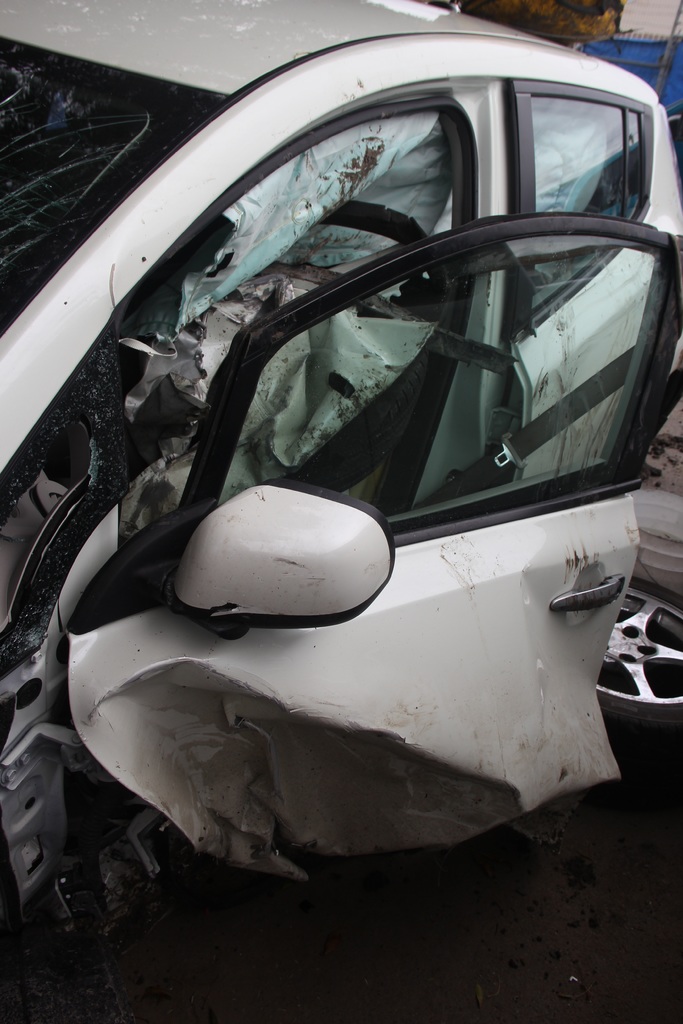
The relationship between a collision, a seatbelt and an airbag
Newton’s first law of motion is that all things keep moving until something forces them to stop. A seatbelt only stops your body from moving and not your head. Most adult heads weigh between 3kg and 6kgs and it is not restrained by a seatbelt. So, even if your body is snuggly buckled up, the laws of motion mean that your head will keep on moving until stopped by something such as the steering wheel, windscreen or window.
This is where airbags come in.
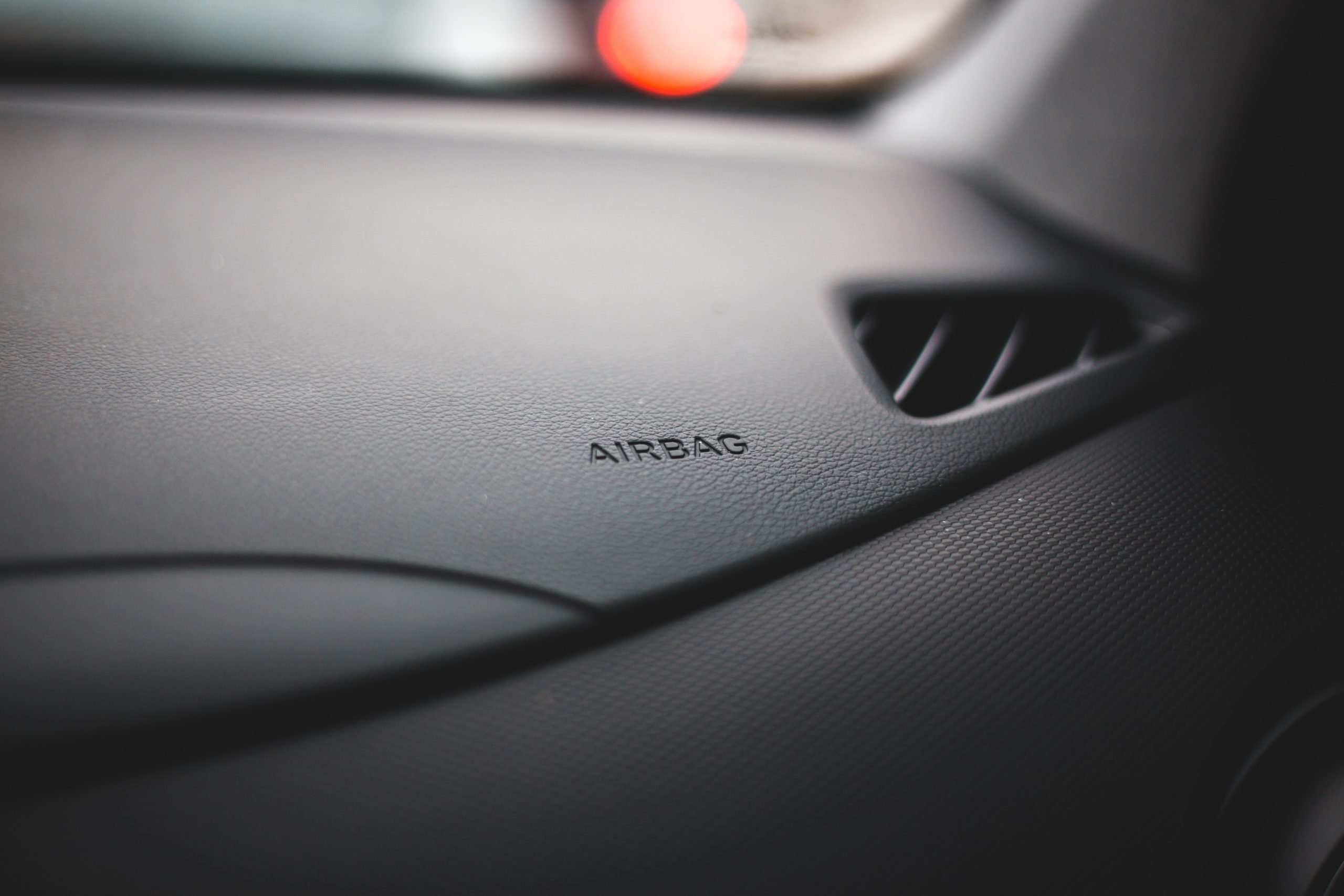
Also known as a supplementary restraint system (SRS), an airbag deploy within milliseconds of a collision. Roughly speaking, sensors discern when a crash occurs as a result of the car’s drastic reduction of speed.
The sensors fire up the mechanisms within the airbags, causing them to inflate as the car’s speed decreases. The airbag’s sole job is to provide a cushion for your head (primarily) so that it doesn’t bounce against other objects within the car.
As soon as your head pushes against the airbag, it begins to deflate. All this happens within milliseconds of the crash and could be the difference between serious injury and death, depending on the impact.
How airbags work
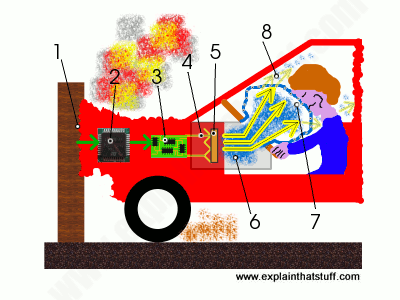
- When a car hits something, it starts to decelerate (lose speed) very rapidly.
- An accelerometer (an electronic chip that measures acceleration or force) detects the change of speed.
- If the deceleration is great enough, the accelerometer triggers the airbag circuit. Normal braking doesn’t generate enough force to do this.
- The airbag circuit passes an electric current through a heating element (a bit like one of the wires in a toaster).
- The heating element ignites a chemical explosive. Older airbags used sodium azide as their explosive; newer ones use different chemicals.
- As the explosive burns, it generates a massive amount of harmless gas (typically either nitrogen or argon) that floods into a nylon bag packed behind the steering wheel.
- As the bag expands, it blows the plastic cover off the steering wheel and inflates in front of the driver. The bag is coated with a chalky substance such as talcum powder to help it unwrap smoothly.
- The driver (moving forward because of kinetic energy) pushes against the bag. This makes the bag deflate as the gas it contains escapes through small holes around its edges. By the time the car stops, the bag should have completely deflated.

Tips for maximizing your safety in a car
- Everyone, including rear-seat passengers MUST be buckled up for the duration of each trip.
- Never put your feet on the dashboard.
- Do not switch off the front (or any other) airbag
- Adhere to any airbag recall notices and ensure they are attended to / replaced as soon as possible.
- Expectant moms are advised to push their seats back a few inches to put some distance between their bellies and the steering wheel as the first two inches of an airbag deploying have the most power.
- Always hold the steering wheel correctly – preferably at the 3-and-9 o’clock or 10-and 2 o’clock position.
Taking a drive should be a stress and incident-free experience. To ensure such, it is best to adhere to the rules of the road as well as implement in-car safety measures including the use of seatbelts. It is possible to reduce injury and road accident fatalities simply by doing so.
Source: explainthatstuff.com
